
The most beautiful hikes to observe the fauna and…
The best hikes to explore the fauna and flora of the mountains
An interview blending Christmas traditions and Alpine flavors that will make your mouth water!
Everyone in Méribel knows Jeannine and Gisèle!
These two local figures always have plenty of tales to tell about the area. When you want to meet them, they arrive with a basket of bugnes (local crispy donuts) in hand and wearing traditional Savoyard costumes and woe betide anyone who dares to say they’re in fancy dress!
To our great pleasure, these two friends agreed to tell us about their childhood in the Savoie and the culinary specialities that were part of their daily lives.
Their shared history began in their teens, when they met while working at Le Dahu. Over the years, they have become key figures in Méribel, proudly passing on the Savoyard traditions that are so close to their hearts.
Could you introduce yourself to those readers who don’t already know you?
Jeannine: I’m Jeannine, nicknamed ‘Christ’s Daughter’ after my father’s surname. I was born in 1948 in Moûtiers. I’ve always lived and worked in Méribel.
Gisèle: My name is Gisèle, but I’m often called ‘Gisèle la plus belle de Méribel’ (the most beautiful in Méribel). I was born in 1945 in Mussillon. I grew up there. My mother worked as a chambermaid at the Grand Coeur hotel in Méribel, and my father was a landscape gardener before becoming a ski lift employee. He was even the first ski patrolman in the valley.
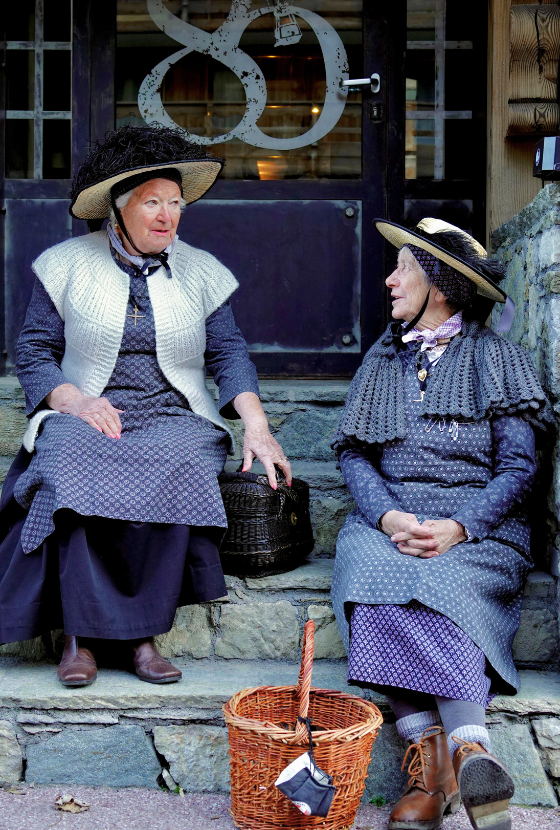
Christmas is a festival steeped in customs and traditions.
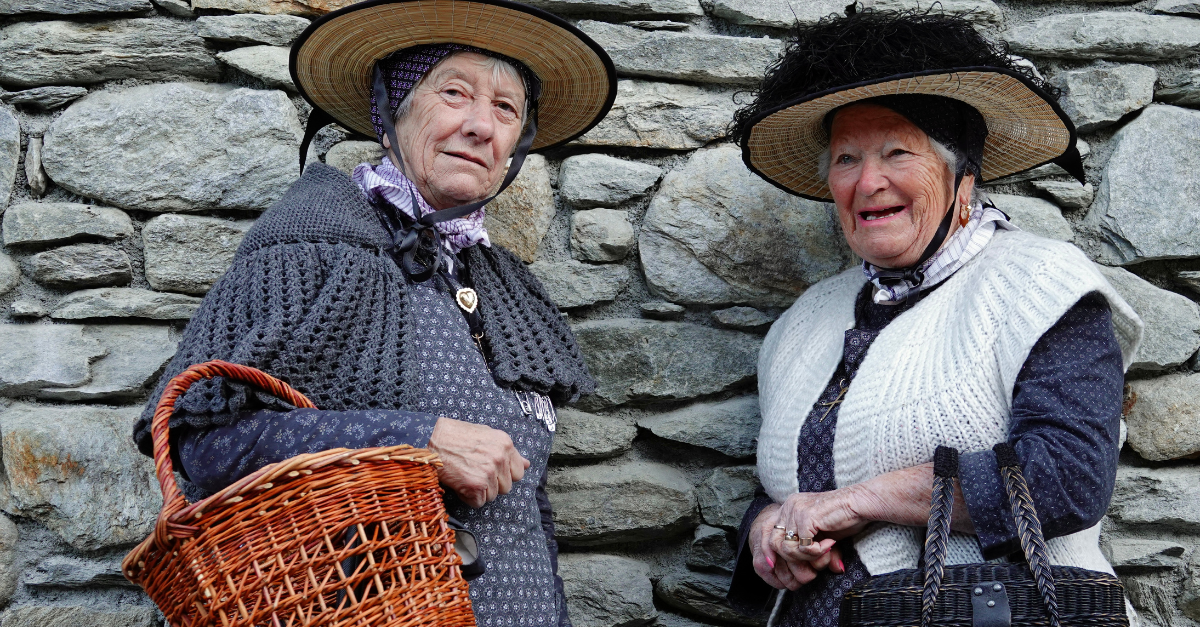
Today, celebrating Christmas in the resort allows you to discover a fairy-tale world of brightly-lit decorations, joyous parades and festive entertainment. Yet this wasn’t always the case.
How did you celebrate Christmas in the old days?
Jeannine: Christmas was pretty simple. At school, we had a special snack. The teacher’s wife would prepare a hot chocolate and we’d get an orange. That was it. I don’t have any particular memories of Christmas at home. Later on, I always worked at Christmas, even though it was a public holiday. You had to work, full stop.
Gisèle: For us, it was mainly a religious event, but not a very festive one. There was midnight mass in Les Allues, but as my parents didn’t have a car, we didn’t go. At home, there was nothing special done for the Nativity.
Do you have any special memories to share?
Gisèle: The owners of O’Sullivan’s nightclub, who were Parisians, used to put up a huge Christmas tree decorated with mandarins and chocolates. They gave sweets and even a little present to all the children in Mussillon. It was magical for us, because our parents didn’t have the money or the means to go into town to buy us presents.
Jeannine: I also remember the evenings spent in the stables. We’d take it in turns to go to each other’s houses. People would sing, play the violin or accordion, and we’d play cards. Grannies knitted socks. They were convivial evenings.
Gisèle: We also prepared simple dishes, such as pork or chicken with potatoes. For the festive season, the traditional dessert was œufs à la neige (floating islands) and sometimes bugnes. We made do with what we had, without buying anything extra.
How did the Christmas festivities develop over time?
Gisèle: With the development of the resort. The foreign clientele probably played a role in starting the festivities. The communes became richer, making it possible to put up decorations in the villages, which didn’t exist before.
Jeannine: And when we had our children, we started to follow these new traditions. With a bit more money, we could buy them a little present.
What do you make for Christmas dinner these days?
Jeannine: A turkey stuffed with sausage meat or chestnuts. And if I don’t want to go to too much bother, a raclette.
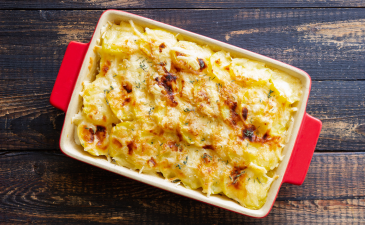
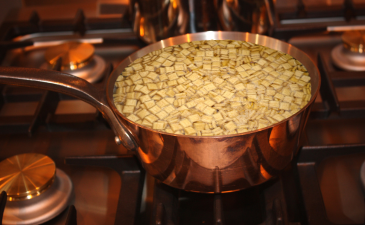
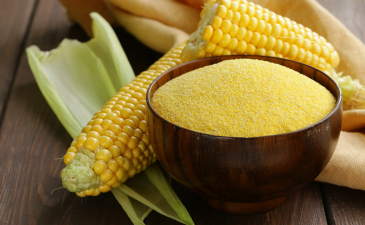
When you think of Savoyard dishes, you immediately think of well-balanced winter dishes (ok, we’re joking) that smell of cheese and end with an ‘ette’. But beyond these clichés, the region abounds in culinary traditions.
What was the cooking like in your childhood?
Jeannine: Hearty, oven-cooked dishes that left you time for other tasks. We used what we had: game, mushrooms, farm produce. They were good dishes, made with local produce.
Gisèle: Game was very important to us. My father, a hunter, used to bring back rabbit, which my mother cooked with polenta, a traditional dish here.
What are the specialities of the Savoie?
Gisèle : Baked dishes like gratin dauphinois, tartiflette, or diots au vin blanc (sausages in white wine). And of course, cheese fondue! It was the ideal dish for entertaining.
Jeannine: Crozets (pasta squares) are also typical of Savoie. We used to make them by hand: we’d make the dough, cut it into little squares and then dry them on the bed! Factory-made pasta never reached our mountains. The first person to produce traditional-style crozets was Mr Fraissard Fraugais, from the hamlet of Le Biollay in Les Allues.
How has gastronomy evolved in Méribel?
Gisèle: There’s greater diversity in restaurants today, particularly with the influence of English-speaking visitors.
Jeannine : But Savoyard dishes are still the essentials. Nowadays, some chefs put flowers on them. They say it’s edible (she laughs).
After a good day’s skiing in Méribel, what meal would you recommend?
Gisèle: A raclette, in the evening, in front of the fireplace. It’s a convivial dish that makes cooking easy… And it’s filling!
Jeannine: Yes, you don’t have to worry about it. With a raclette machine, it’s easy!
🧺 Ingrédients :
300g wheat flour; 200g buckwheat flour; 2 eggs; 1 teaspoon salt; warm water.
🥄Préparation de la pâte :
Mix all the ingredients together until you have a homogenous dough that is neither too soft nor too firm, so it can be rolled out like pastry. If necessary, add a little warm water to adjust the texture.
Roll out the pastry to a thickness of 3 to 4 mm, then leave to rest for 15 minutes. Turn the dough over and leave to rest for a further 15 minutes.
Using a pastry wheel, cut the pastry into small squares of 1 to 2 cm. Arrange the pieces on a clean tea towel to dry.
🍜 Cooking :
Cook the pasta in a large volume of salted water for around ¾ of an hour.
Melt a large knob of butter until it turns a nutty colour, then coat the crozets with it. For even more deliciousness, add a little crème fraîche.
👩🏽🍳Chef’s tip: Crozets go wonderfully well with stuffed turkey!
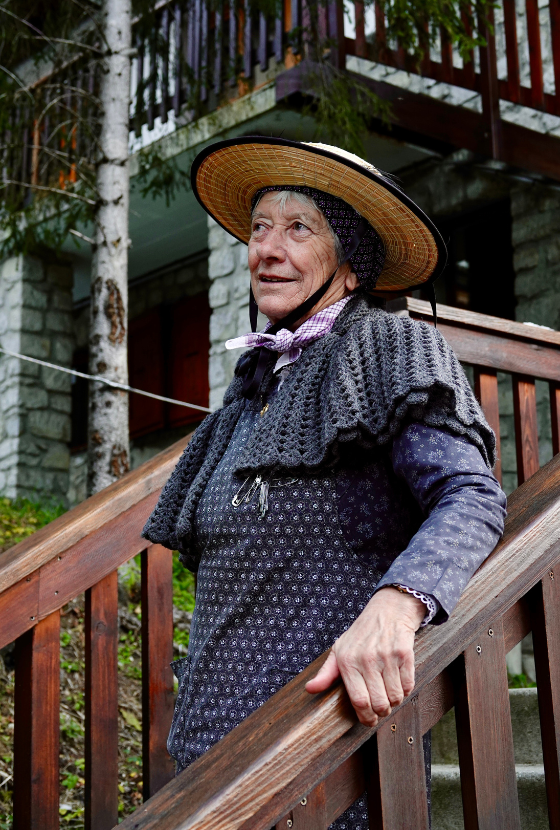
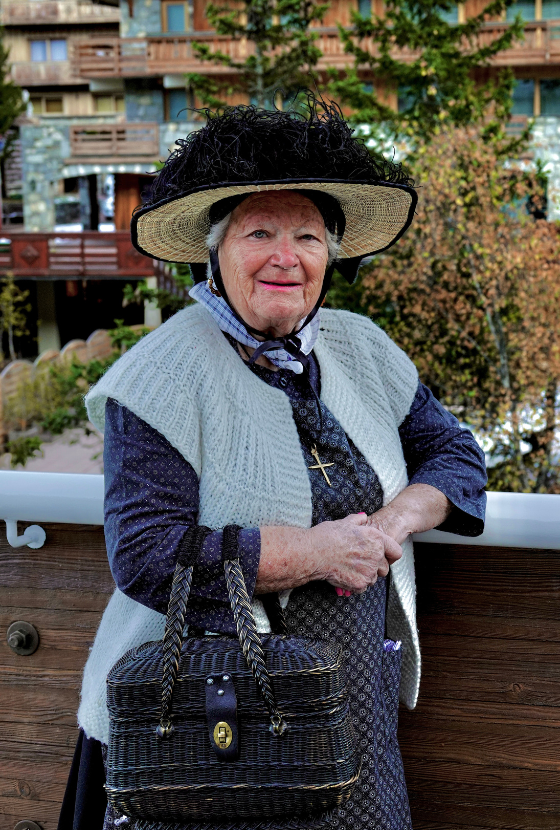
🧺 Ingredients for 6 people
3 eggs; 75g sugar; 45cl milk; a vanilla pod.
🥚 Prepare the soft meringues:
Separate the whites from the yolks.
Whisk the egg whites until stiff with a pinch of salt to stabilise them.
🥛Prepare the vanilla milk:
Pour the milk into a large saucepan. Add a vanilla pod split in two and the sugar.
Heat over a low heat while stirring to dissolve the sugar. When the milk is close to boiling, remove the vanilla pod.
🍳Cook the egg whites:
Reduce the heat so that the milk barely simmers. Using a large spoon, scoop out portions of the egg whites and carefully place them on top of the hot milk.
Once cooked, remove with a skimmer and place on absorbent paper to drain.
Prepare a custard.
🥄Assemble and serve:
Pour the cold custard into a large dish or individual ramekins. Arrange the cooked egg whites on top of the custard. Refrigerate until ready to serve.
Crédits :
Text collected and illustrated by Ophélie Zayonnet.